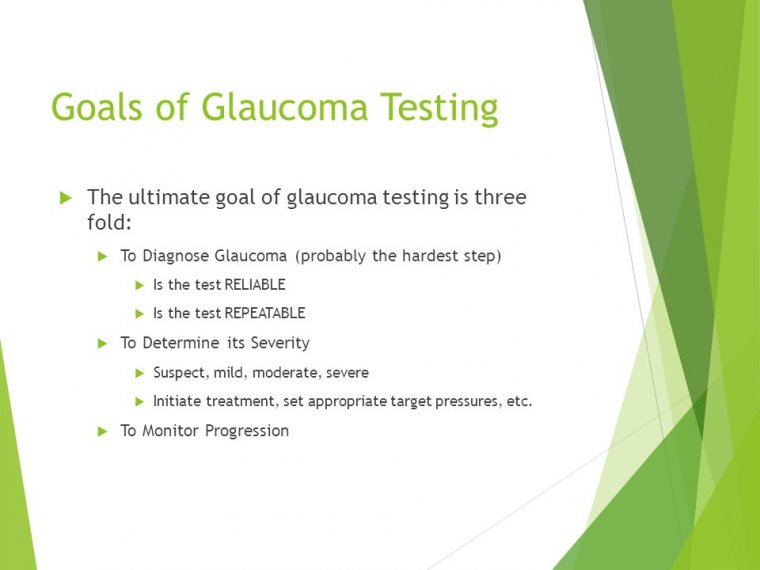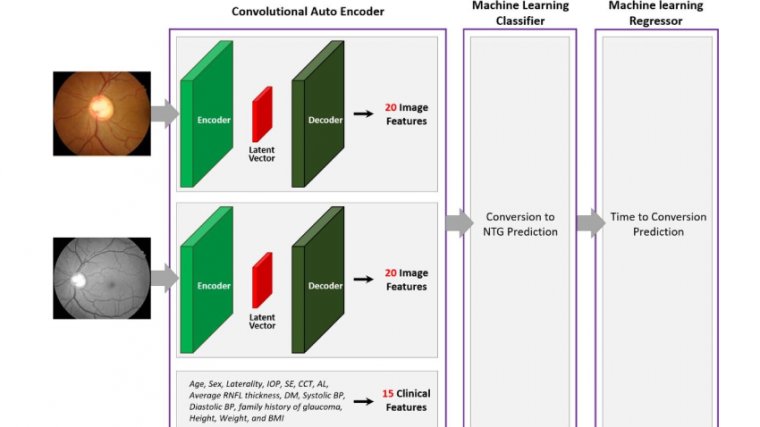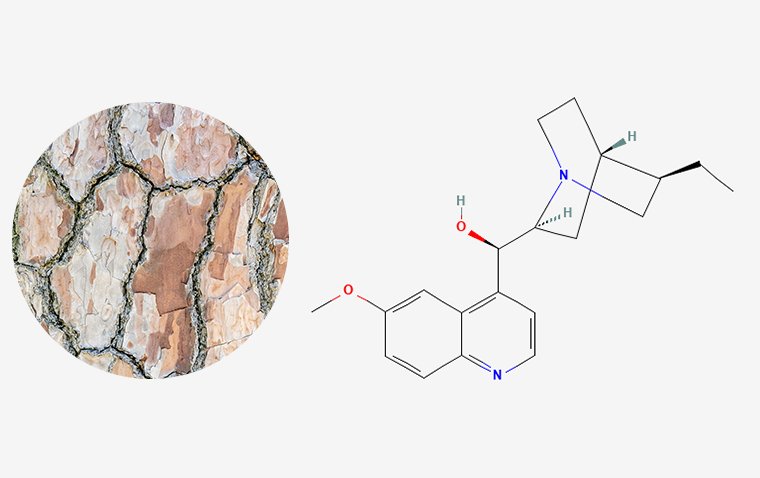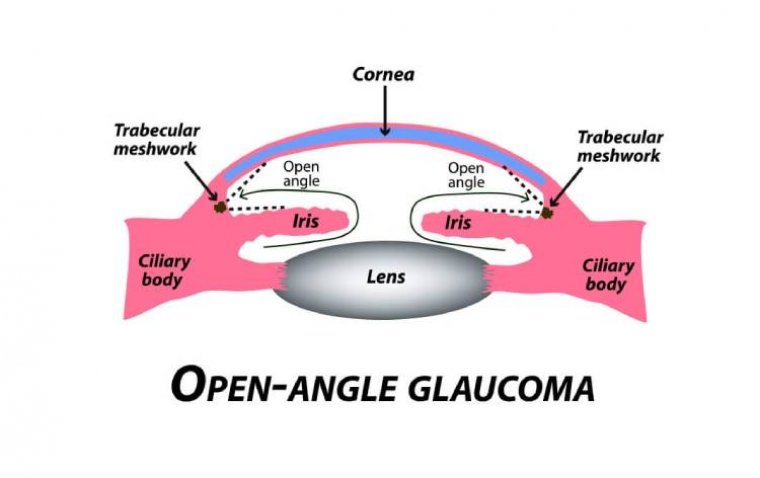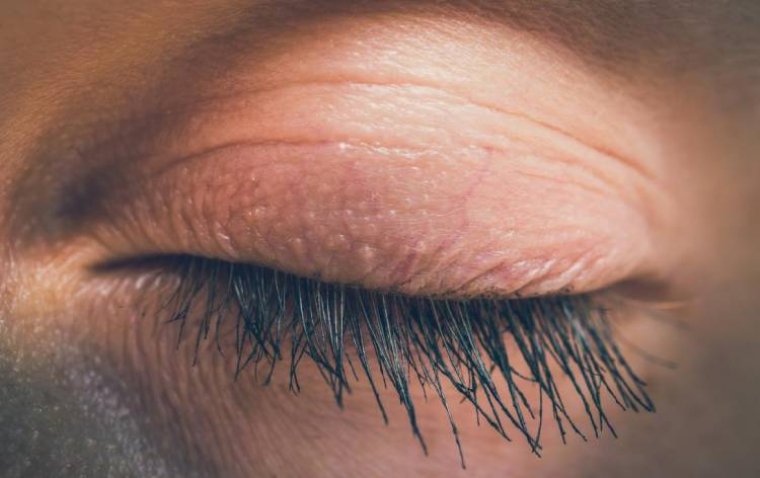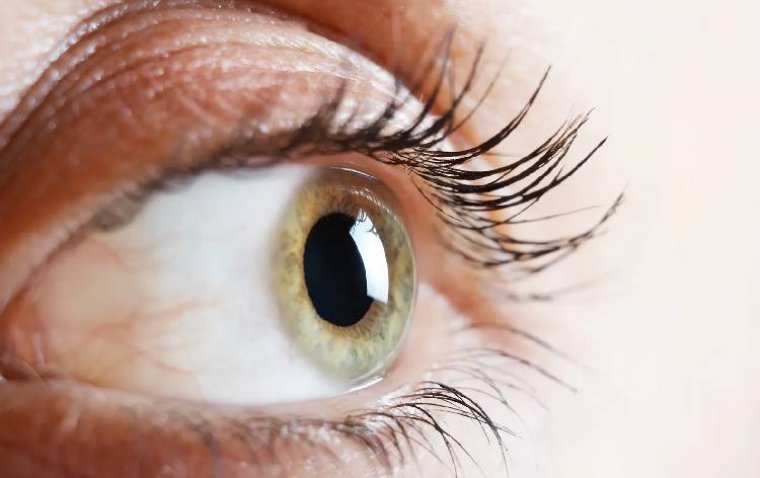
New Research Reveals How Tiny Eye Movements Enhance Visual Acuity
A recent study conducted by researchers from the Institute of Molecular and Clinical Ophthalmology Basel (IOB), in collaboration with the École Normale Supérieure in Paris, Bonn University Hospital, and the University of Bonn, has demonstrated that microscopic eye movements enhance visual acuity rather than impair it. The findings, published in the Proceedings of the National Academy of Sciences, provide valuable insights into how the human eye processes visual information.
The Role of Tiny Eye Movements in Vision
Using advanced eye-tracking technology and computational modeling, the research team showed that fixational eye movements—tiny, involuntary movements made by the eyes even when focused on a single point—help the retina process visual information more efficiently.
Professor Rava Azeredo da Silveira, one of the study’s lead researchers, highlighted the paradoxical nature of these findings:
"These constant, tiny movements of our eyes might appear to make our vision less precise, but they actually optimize the way our retinas encode visual information. We found that humans naturally maintain these movements within a nearly perfect range for enhanced visual acuity."
Mechanism Behind Enhanced Visual Acuity
Dr. Wolf Harmening, co-corresponding author, explained that these movements act by “refreshing” the visual receptors, ensuring that the retina maintains an optimal balance between motion and stability. Additionally, the study revealed that these eye movements adapt based on the size of the object being observed, enhancing the eye’s ability to capture fine details.
Technology and Techniques Used in the Study
The study utilized a sophisticated adaptive optics scanning laser ophthalmoscope, which allowed the researchers to track even the smallest eye movements with unparalleled precision while participants engaged in visual tasks. By integrating theoretical models with empirical data, the team successfully linked eye movements to retinal neural coding and human visual behavior.
Implications for Vision Science and Eye Health
These findings offer critical insights into the mechanisms of visual processing and have significant implications for the development of new treatments for vision disorders. Understanding how tiny eye movements enhance visual acuity could lead to innovative approaches in managing visual impairments and improving overall ocular health.
This research represents a step forward in the field of ophthalmology, shedding light on how the eye maintains clarity and precision, and paving the way for advanced therapeutic strategies for visual disorders.
Reference:
Trang-Anh E. Nghiem et al, Fixational eye movements as active sensation for high visual acuity, Proceedings of the National Academy of Sciences (2025). DOI: 10.1073/pnas.2416266122
(1).jpg)
